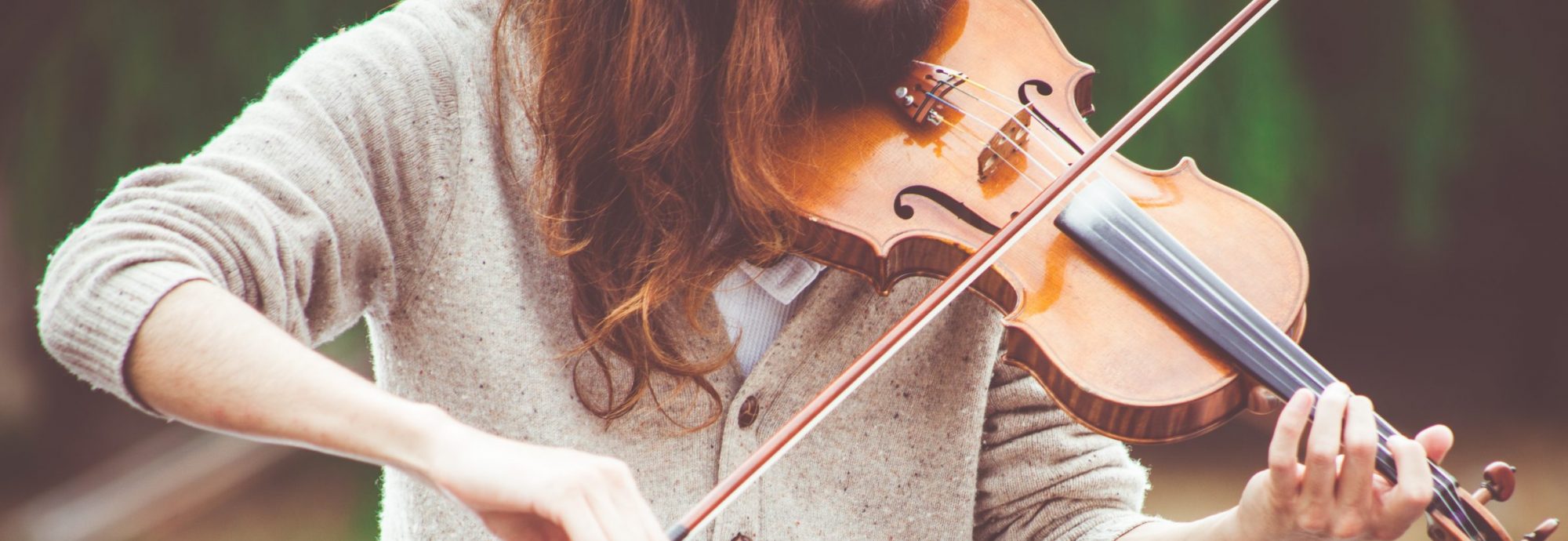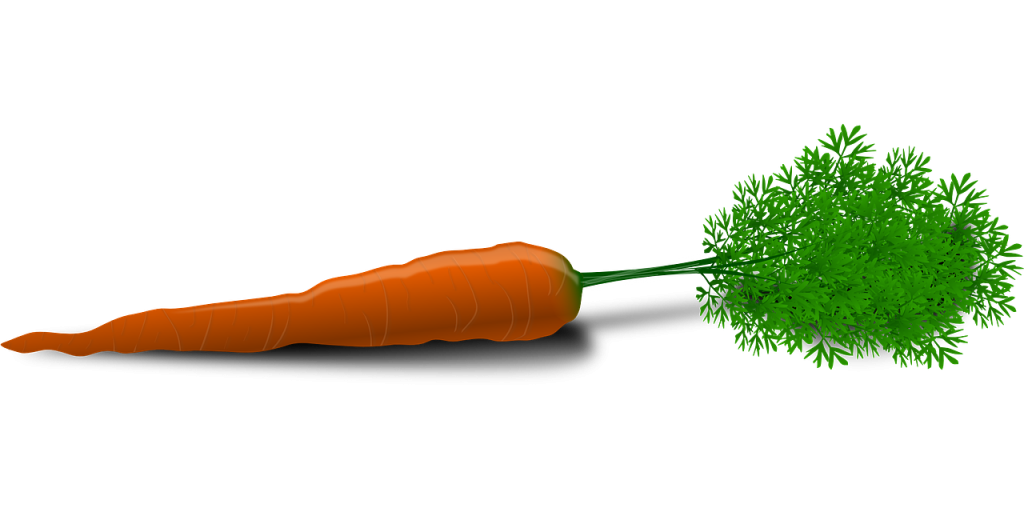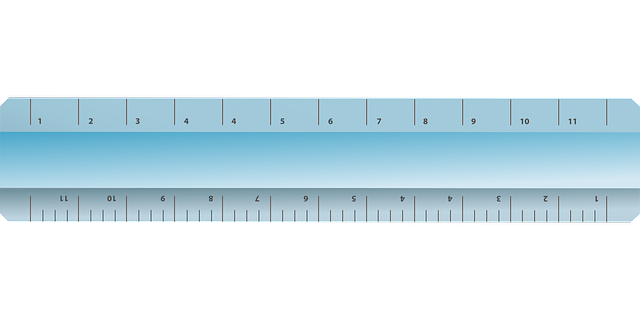
I just started teaching music lessons over Zoom for the first time in April. It was definitely an adjustment, but my students and I adapted to the new situation with very few problems. These are a few helpful tips that I have learned along the way that I wish I had known when I first started teaching music lessons on Zoom.
- Location Matters-Plan to have your lesson in a location that is in close proximity to the router in your home. This will ensure the best possible connection. It’s also important to make sure your lesson takes place in a good learning environment. Try to choose a location with as few distractions as possible.
- Limit Streaming and Zoom on Other Devices-It also helps the lesson connection if your device is the only device in the house streaming or using Zoom during the lesson.
- Turn On Original Sound-If you are using Zoom on a laptop or a desktop computer, it is important to change the settings to turn on the original sound. This helps sustained sounds come through the computer. You can change this setting by clicking on the arrow next to the mute button. A list will come up, and click on the last option-audio settings. Then click on the button in the lower right side of the screen-advanced. Check the box at the top middle of the screen that says-Show in Meeting Options to Enable Original Sound from Microphone. Checking this box will make a button appear in the top left corner of your regular Zoom screen. It will say either “Turn Off Original Sound” or “Turn On Original Sound”. You want the button to say “Turn Off Original Sound” when you are in music lessons meaning your original sound is turned on. If the button says the opposite, just click on it to turn the original sound off or on. If you are using Zoom on a phone or tablet, original sound is already activated, so you don’t need to change any settings.
- Both Student and Teacher Need Their Own Copy of the Music-At in-person lessons we are used to sharing music or both reading off of the same piece of music. This does not work well in online lessons. Both student and teacher need to have their own copy of the music that they are reading simultaneously. Music can be shared ahead of time by scanning pieces and sending by email, buying the same books to refer to or taking pictures of a piece of music and texting them by phone.
- Be Prepared for the Lesson Before your Lesson Starts-Have your instrument, music stand, books, lesson notebook, pencil and highlighter all ready to go before the lesson starts, so we can use the lesson time working on music together.




